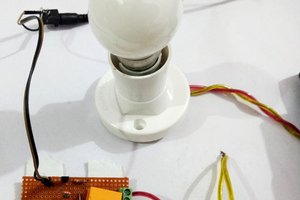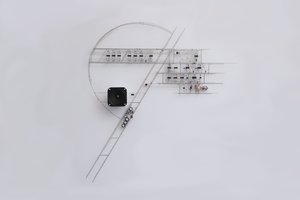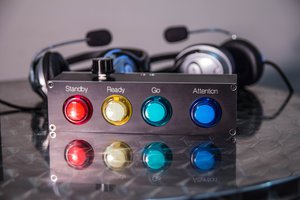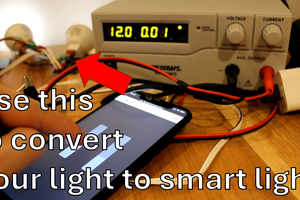Introduction
Automatic street light controller are devices or systems designed to control the operation of street lights based on predefined conditions. They play a crucial role in managing the energy consumption of street lighting, improving overall efficiency, and reducing costs.
Traditional street lighting systems rely on manual operation or fixed timers, which can lead to wastage of energy and increased maintenance efforts. Automatic street light controllers address these issues by utilizing various sensors, timers, and control algorithms to optimize the operation of street lights.
We can see the full project on :
Automatic street light controller
Bill Of Materials
| Particulars | Quantity | Remarks |
| LDR | 1 | Photo sensor |
| Relay | 1 | 12 volt relay |
| Diode | 1 | LN4007 |
| Screw connector | 1 | 2 pin |
| Male header | 1 | 2 pin (for ldr) |
| Ribbon female connector | 1 | 2 pin (for ldr) |
| Female Power Jack | 1 | (like Arduino) |
| Adapter | 1 | 12v ,1amp |
| Transistors | 2 | BC547 |
| Resistor | 1 | 1k |
| Potentiometer | 1 | 100k |
Objectives
The primary objective of an automatic street light controller is to ensure that street lights are turned on and off at the appropriate times, based on factors such as ambient light levels, time of day, and traffic conditions. By utilizing light sensors, the controller can detect the amount of natural light available and adjust the street lighting accordingly. During daytime or in well-lit areas, the controller may dim or turn off the lights to conserve energy. In contrast, during nighttime or in areas with low light levels, the controller activates the street lights to provide adequate illumination.
Circuit Diagram

Working Principle
For understanding the working of this project, we must first understand the working of light dependent resistor (LDR).
LDR is special type of Resistor whose value changes as per the intensity of light.

From this curve between resistance and lux we can figure out that as the intensity of light increases the resistance decrease.
CASE (1)
When the light falls in LDR the resistance of the LDR decreases and the voltage across BE junction of 1st transistor will be greater than 0.7v thus BE is forward biased.Once the BE junction is forward bias the transistor may operate either in active region or in saturation region. According to the circuit diagram we have calculated that (Ic>Isat) which is the condition for transistor to be in saturation region. In the saturation region the voltage across the collector emitter junction will be almost equal to 0 and there will no be enough voltage across the base of second transistor Q2 to drive the second transistor ON.

CASE (2)
When there is no any light falling in the LDR (i.e dark) then the resistance of the LDR increases to mega ohm (high value). So, all the voltage will be dropped across the resistor and there will not be enough voltage at the base of the 1st transistor to drive the transistor thus, Q1 remain OFF. But the transistor Q2 will be ON because the base of the second transistor Q2 get a certain voltage (>0.7v) from the upper loop. Thus relay on the collector junction of the second transistor will also be on where the load is connected.
The use of potentiometer is to adjust the sensitivity that mean in how much darkness you want to on the relay.
PCB Manufacturing Files
PCB View

3D View


PCB With Assembly


Gerber Files
Gerber_automatic-street-light-controller_2023-05-29Download
Bill Of Materails
BOM_automatic-street-light-controller_2023-05-29Download
NOTE :
I have already uploaded all these required manufacturing files in PCBWAY website. You can easily go to the below link and place you order, and get your Own Home Automation PCB manufactured from one of the best pcb manufacturer PCBWAY.
Order It Directly From PCBWAY…
Conclusion
Thus, we have achieved our objectives that is our bulb is automatically ON during night time and automatically OFF during day time using LDR.
... Read more » electronicsworkshops
electronicsworkshops


 ian
ian